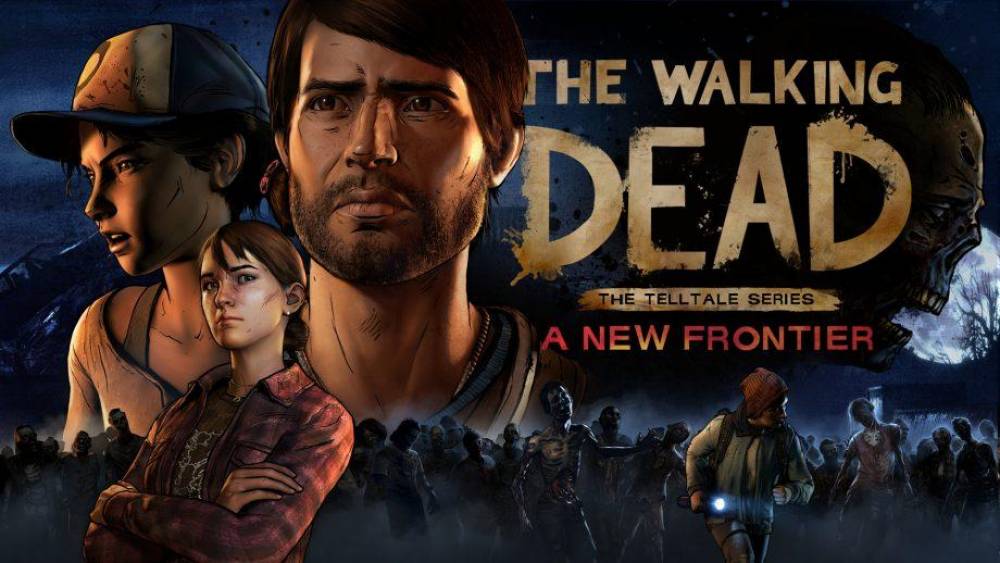The Walking Dead: A New Frontier Review
Back in late 2016, upon starting the third season of developer Telltale’s take on The Walking Dead, I thought we’d seen every possible zombie movie cliché covered in the previous two games. A slightly different route was taken with this one, though.

Back in late 2016, upon starting the third season of developer Telltale’s take on The Walking Dead, I thought we’d seen every possible zombie movie cliché covered in the previous two games. A slightly different route was taken with this one, though. The ballsy move to go with a brand new cast of characters, focusing on former pro baseball player Javi Garcia and his makeshift family, was appreciated. Yet, as The Walking Dead: A New Frontier drew to a close, I realised that aforementioned move was itself ballsed up. Superfluous flashbacks involving a series stalwart, a disappointing crescendo to a love triangle, and an excruciatingly annoying child with terribly delivered dialogue hammered home that fact. This third season had moments of intrigue, especially in the middle, but Telltale’s refusal leave the past behind them makes A New Frontier feel like an ironic subtitle.
Clementine has grown up before our eyes; across all three seasons, she’s matured from girl to slightly older girl. She’s witnessed some big influences on her youth die as the world turns to shit, but she must still wrap her head around things like getting her period (which leads to one of the better interactions in the season between her and Javi). While her appearances are more sporadic in certain episodes, it feels like there’s a reliance on Clementine in this season when the story of the Garcia family would’ve been better off without her — she’s a redundant reminder of what’s come before.I say that because Clem’s playable sections in TWD: A New Frontier come in the form of flashbacks, meaning a life-threatening decision in the past has no bearing on the present when you know she’s still mowing down Walkers at every turn. It’s not that this more grizzled version of Clementine isn’t a well crafted and well rounded character; she just feels like a holdover — The Who’s fourth farewell tour. And Javi Garcia is a good enough frontman on his own without Clem on backing vocals.
Technically, Telltale has struggled in previous TWD outings with poor loading times, character animations — the lot, basically. Here, while not perfect, it’s a marked improvement. Characters still sometimes appear to be puppets when they’re walking from place-to-place, but they do look prettier than they have before when doing so. Lighting is far better than it’s been in other seasons, exhibited wonderfully in episode three while Kate is lying in a hospital bed and the sun is beaming onto Javi’s face through the half shut blinds. Telltale has also almost done away with making you walk about an area in search of a solution to a puzzle, as it occurs less and less as the season progresses. Instead, we get a more filmic presentation, where the spotlight is on dialogue choices and building relationships with characters — what drew people to the series in the first place. Even though there are narrative missteps, the direction here is definitely the right one.